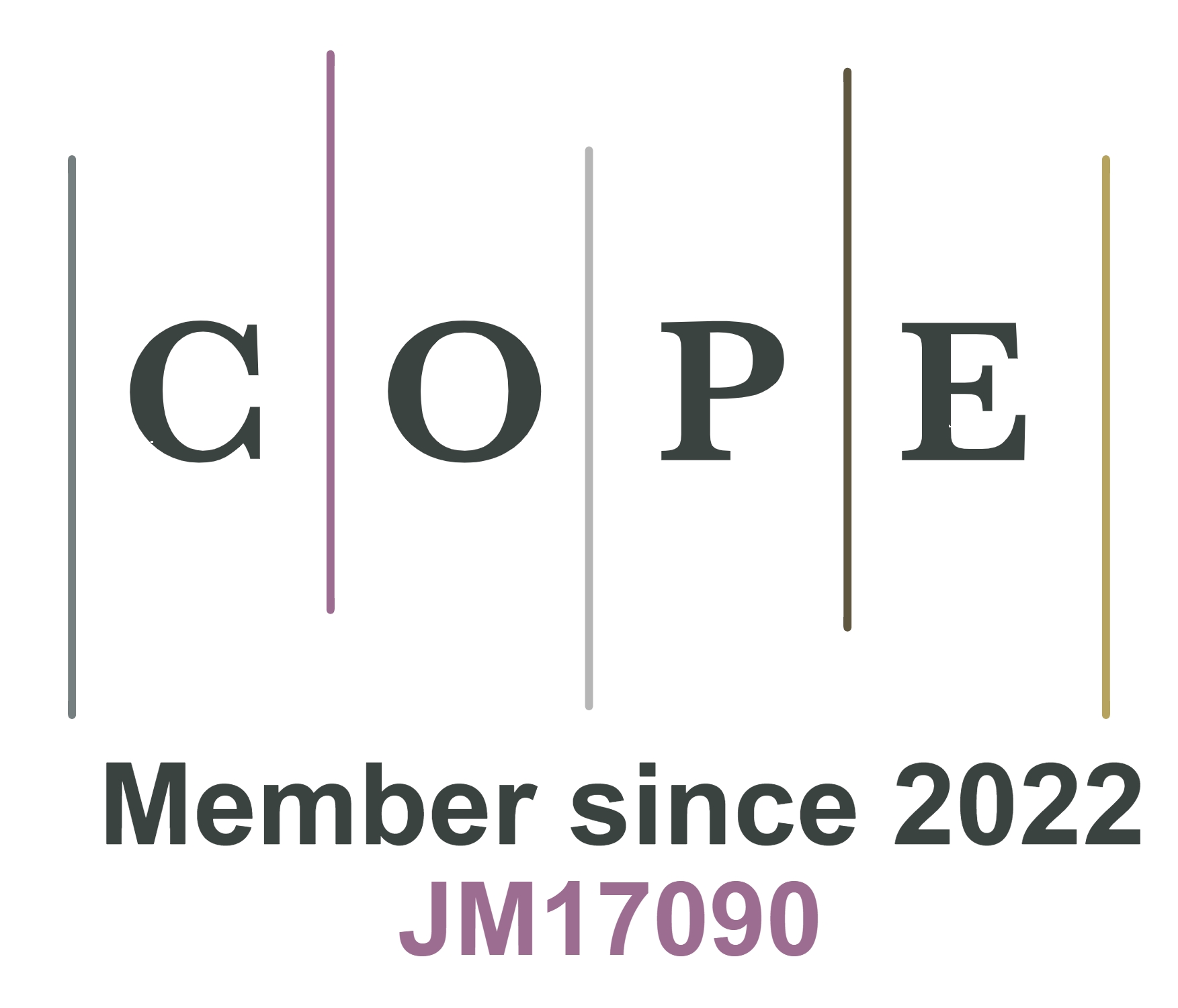fig4
Figure 4. Fabrication and assembly of the soft wearable biosensor device. (A) CAD design of the resin mold for fabricating the soft wearable device, showing the sweat collection chamber and sensor reservoirs; (B) The wearable device filled with dye to demonstrate sweat distribution through inlet channels and drainage through outlet channels; (C) Photograph of the patterned resin mold produced by 3D printing, highlighting the precision of the channels and reservoirs; (D) PDMS patterned layer created by the mold; (E) High-speed camera image showing cleanly developed channels in the PDMS layer; (F) High speed camera’s image of the mold which use to produce the top cover layer; (G) Assembly of the wearable biosensor array with blue, green, and red CLCN-IPN optical sensor films for glucose, lactate, and urea detection; (H) Fully assembled device with CLCN-IPNGOx, CLCN-IPNLox, and CLCN-IPNurease sensors, where the black hole represents the sweat collection chamber; (I) Demonstration of the mechanical stability of the device after deformation, showing its ability to return to its original shape without damage. PDMS: Polydimethylsiloxane; CLCN: cholesteric liquid crystal network; IPN: interpenetrating polymer network.











